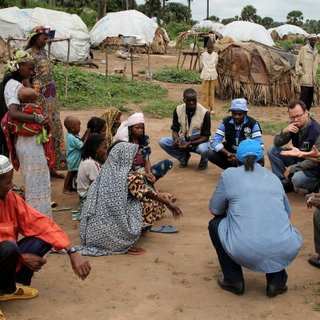The humanitarian system consists of thousands of organisations, agencies, government departments and individuals with different mandates and missions, speaking a variety of languages, but often responding to the same crisis.
It also consists of other entities who play a critical role in responding to crises: donors, the private sector, faith groups, militaries and development actors.
Coordination is vital. The potential for confusion, conflict, duplication and gaps in any crisis response is very high.
The cluster system has helped improve coordination but has tended to reinforce technical silos. Learning from repeated but unsuccessful attempts at high-level reform can help inform future progress.
We will continue to monitor the theme of humanitarian coordination, synthesising past and current learning to strengthen future practice.

